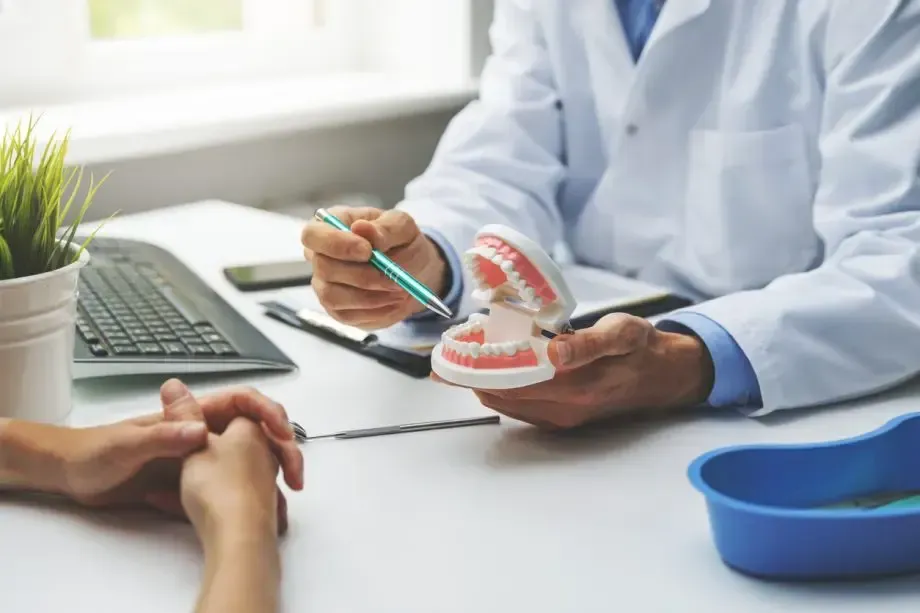Bone Grafting for Dental Implants

If you don’t have enough healthy jawbone for dental implants, a bone graft could help to improve the health of your bones for dental implants. If your dentist recommends a bone graft for your specific case, you may have questions about the procedure and what to expect. Here are some things that you should know about bone grafting for dental implants.
Gum Disease Treatment
Dental implants thrive best in healthy mouths. Treating any gum disease or dental decay before getting an implant can improve the likelihood of success. In addition to improving the bone density at the site of the implant, bone grafts can be used to help grow new bone in places that gum disease destroyed.
Types of Bone Grafts
There are four main types of bone grafts that your dentist may recommend. In most cases, a synthetic bone grafting material is used. The possible types of bone grafts include:
- Bone graft from your own bones (autograft)
- Bone graft from human donors (allograft)
- Bone graft from cows or other animals (xenograft)
- Bone graft from a synthetic material (alloplast)
Most synthetic bone graft materials are made from a combination of calcium, hydroxylapatite, and phosphorous. The exact formulation of the material will vary based on the exact product.
Bone Graft vs. Sinus Lift
In general, restoring bone in the bottom jaw is referred to as a bone graft and the upper jaw is called a sinus lift. However, many dentists simply refer to the procedure as a bone graft to simplify the process. Technically, the procedures address the same problem using very similar methods.
Bone Loss and Dentures
Tooth loss and dentures can contribute to bone loss. If you have worn dentures for a long time, it is fairly likely that you have some signs of bone loss. Preventing bone loss after tooth loss is part of why many dentists will recommend dental implants over dentures for patients that are eligible. Patients that have lost multiple teeth in a row are at a higher risk of bone loss. Dentures simply do not place the same amount of force on the jawbone, which causes some bone atrophy.
Less Invasive
Compared to other types of bone grafting, the process for grafts for dental implants is minimally invasive. Your dentist will utilize the latest technology to make the process easier and more comfortable. This includes using synthetic bone graft material and gentle lasers. In some cases where there is less serious bone loss, a bone graft could be performed at the same time.
Ready to Get Started?
Bone grafts can help patients get dental implants, even after bone loss. Call Smile Haus at 818-348-6068 to schedule an appointment and discuss your dental health concerns. We have experienced dentists who can provide the high-quality care you deserve. If a bone graft is what is best, we can make a plan for treatment that addresses all of your dental needs.


